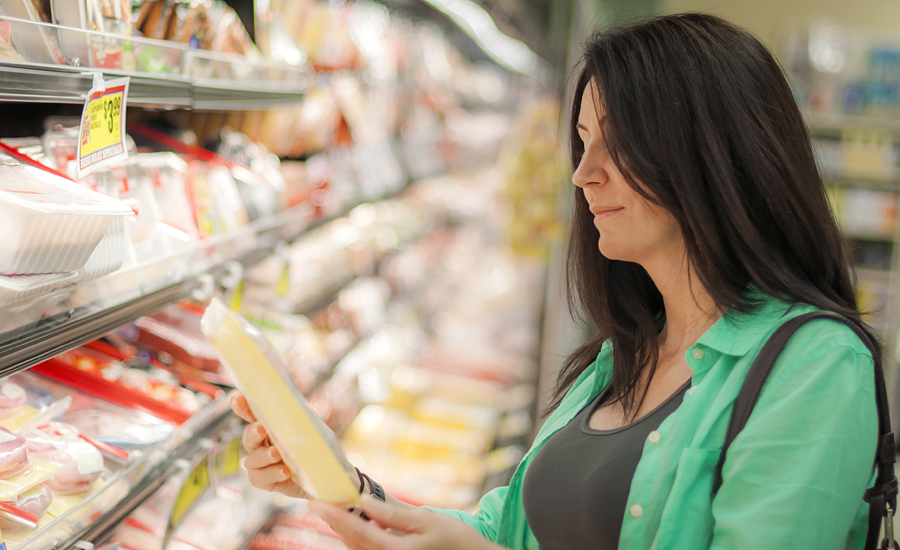Study underscores why online grocery is the supermarket’s business to lose
Grocery shoppers that use online services most actively increased their weekly online spending as a percent of total weekly grocery spending from 28% in 2017 to 46% in 2018.

Online grocery spending has reached 5.5% of total grocery spending in the United States, according to a new study by Brick Meets Click, Barrington, Ill. Most of this growth is driven by existing online grocery shoppers placing larger orders. Supermarkets are in a strong position to serve this demand, but Amazon, Seattle, Wash., is challenging supermarkets by linking its grocery services to Prime discounts and investing in Whole Foods to improve credibility with perishables.
Grocery shoppers that use online services most actively increased their weekly online spending as a percent of total weekly grocery spending from 28% in 2017 to 46% in 2018.
“Until now, there’s been little agreement about the national share of online grocery shopping,” says Bill Bishop, chief architect at Brick Meets Click. “We now know that it’s over 5% and see that online grocery’s popularity is increasing, especially among those households who’ve tried it and value the benefits. If supermarkets make the right decisions and investments to compete well in this space, they are in the leadership position to meet shoppers’ needs relative to food purchasing and consumption patterns.”
“This growth in online spending by some of a retailer’s core e-commerce customers highlights the importance of making sure these online sales are profitable,” says Barry Clogan, president of retail solutions at MyWebGrocer, the Winooski, Vt.-based sponsor of the study.
The study results also indicate that near-term growth in spending will likely be driven by current users – the nearly 30% of U.S. households who already shop for groceries online. Their average order size increased from $62 in 2017 to $69 dollars in 2018, while both penetration and order frequency remained relatively flat.
The shift in growth drivers emphasizes the importance of focusing marketing messages on the right customers.
“We’ve found that building a better understanding of the economics of customer acquisition is a big opportunity in improving profits of grocery commerce,” says Clogan.
The new research also documents the competitive position of Amazon in grocery, and its efforts to aggressively leverage Prime with Whole Foods to increase its share of spending with those shoppers
“The real danger is that Amazon is like the Trojan horse. Overall, Amazon has 77% household penetration, but it sold groceries to just 11% of households in the last month,” says Steve Bishop, managing partner of Brick Meets Click. “That’s a lot of headroom for Amazon to grow in grocery. Amazon’s smaller average transaction size compared to supermarket retailers underscores why online grocery is basically supermarket’s business to lose, as online shoppers increasingly shift to full basket trips and that supermarkets need to find ways to leverage the physical store with online services.”
Here are four key business takeaways identified in the study:
1. Brisk spending among active online grocery shoppers is the main driver of today’s growth.
2. Supermarkets are well positioned to serve the growing demand for online grocery.
3. Retailers (and brands) need to evaluate and balance the growth opportunities – short-term vs. long-term
4. Everyone needs to watch out for Amazon.
The study is based on a survey of nearly 5,000 online consumers conducted in May.
Looking for a reprint of this article?
From high-res PDFs to custom plaques, order your copy today!



